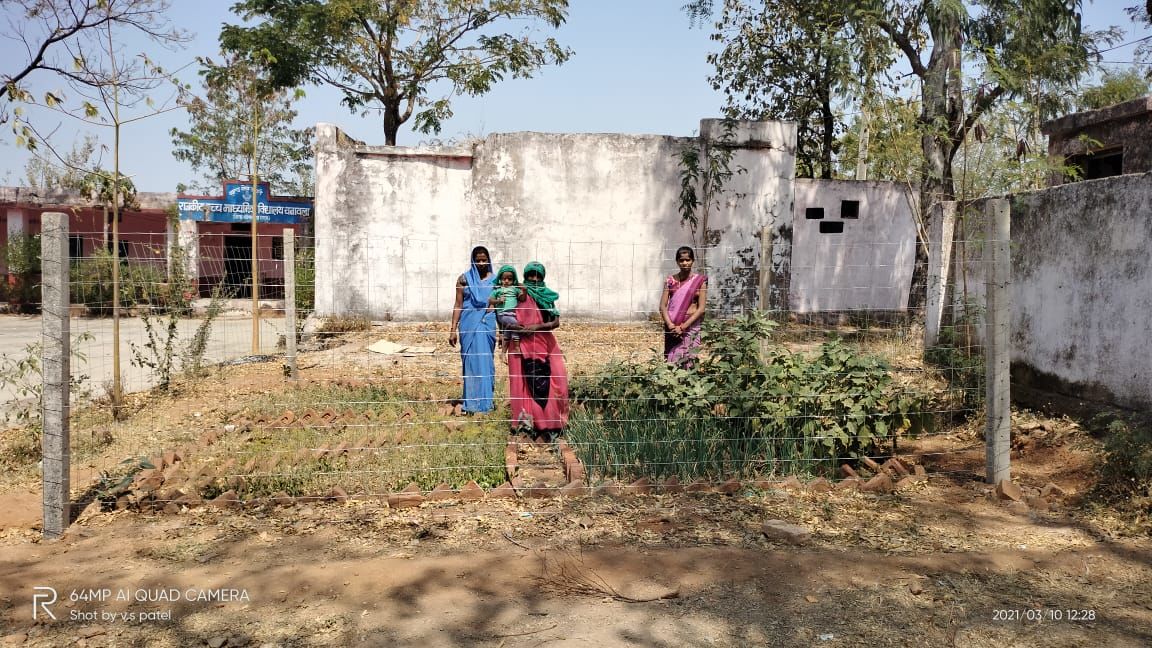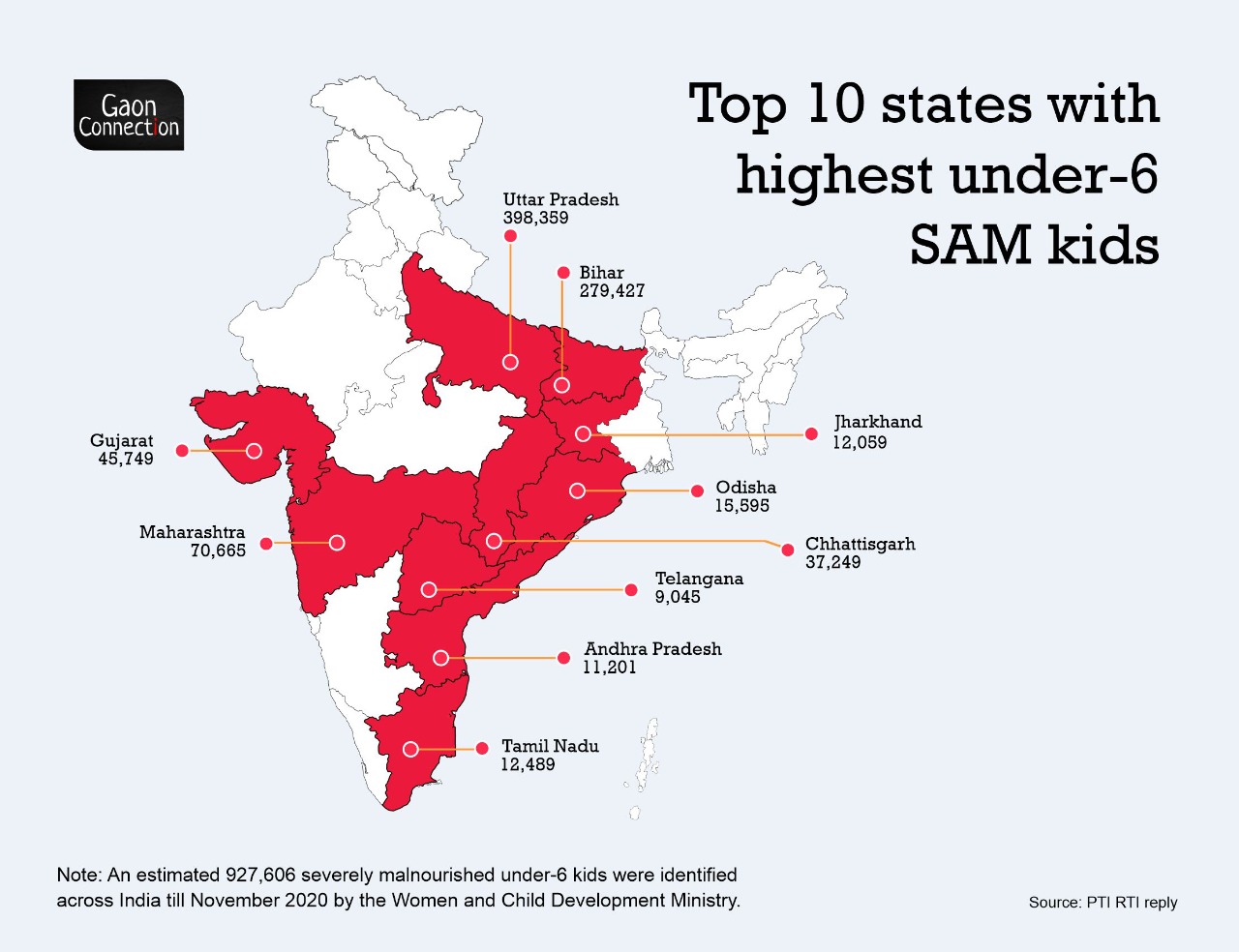National Nutrition Month: September is a good month to start your kitchen gardens
A 400 square metre patch of land is adequate to start a kitchen garden. With care and planning, the garden can yield seven different vegetables for each day of the week. Here is how.


Nutri gardens aim to address undernutrition and anaemia in young women. Photo by arrangement
September is observed as the National Nutrition Month and it is as good a time as any to start a kitchen garden, big or small this month.
Weather wise September is the perfect time to sow vegetables. Growing one’s own vegetables is not just a good way to save money, more importantly, it ensures what you eat is completely organic, free of any harmful chemical fertilisers of pesticides, and therefore healthy. It is the ideal time to plant vegetables such as peas, mustard, cauliflower, garlic, onions, tomatoes and turnips. As each vegetable is harvested, the next lot can be sown as per the climate.
It is important to know why one should grow and consume healthy vegetables and fruits. When the body does not receive a balanced diet, it becomes malnourished. This is one of the main reasons why so many children and women, who have been denied a proper and balanced diet end up malnourished and vulnerable to diseases. It is because they have no immunity to combat infections and diseases. Even during the pandemic, doctors have been recommending a diet high in nutrition to raise immunity.
The National Nutrition Week is observed to spread awareness on the importance of nourishment and bring about an end to malnutrition in the country. Diet and health are inextricably linked and it is vital people include nutritious food in their routine.
Fruits and vegetables are important components of a diet as they carry important minerals and salts in them. According to the Indian Council of Medical Research, each adult requires 250 grams of vegetables and 80 grams of fruits per day. Despite a filip in the amount of vegetables and fruits grown in the country, the consumption of the same is not enough by the population. And, for the underprivileged people, it is almost impossible to consume this amount.
Also Read: ‘Nutri gardens’ improving dietary diversity and nutritional status of rural women in Odisha
Malnutrition can lead to night blindness, rickets, scurvy, marasmus, etc., in children while malnourished women are anaemic, suffer from goitre and several other ailments.
Improving nutrition quotient with kitchen gardens
A nutrition garden in and around one’s home can solve a lot of problems in the country. Vegetables can be grown in a tiny garden or lawn or an empty plot near one’s home; almost every person in the village has a patch of land where vegetables can be cultivated, and doing so will improve the nutrition levels of the people. They will save money from not having to shop at markets and have fresh and healthy vegetables that they have grown to eat and cook with.
Usually, a lot of chemical fertilisers and pesticides are used on vegetables and fruits that we get in markets which adversely affects our health. A home kitchen garden does not pose that threat.
Also Read: ‘Nearly 3 million women farmers set up agri-nutrition gardens in their backyards in two years’

DIY: Kitchen garden
A 400 square metre patch of land is adequate to start a kitchen garden. With care and planning, the garden can yield seven different vegetables for each day of the week. It is possible to grow about 766.5 kgs of vegetables a year, which is the ideal requirement for a family of five to six people.
It is recommended that the kitchen garden have four leafy vegetables, two different vegetables that grow on creepers, two root vegetables, and so on. The smaller vegetables can be sown in the southern part of the garden, while the bigger ones on the northern side. It is important that good quality seeds are sown.

The kitchen garden should get good sunlight and the beds should be ideally in concentric circles. Six plant beds should be prepared at 3 feet, 4.5 feet, 6 feet, 9 feet, 10.5 feet and 15 feet from the centre point of the circle.
Also read: Fighting tuberculosis with nutri-gardens
The circle should be divided into seven equal segments with enough space (at least 1.5 feet) to move around. Leafy vegetables such as spinach, fenugreek, etc. can be planted on the smaller beds, while the bigger ones can have potatoes, tomatoes, brinjal, etc. The border areas of the beds can have root vegetables such as radishes, carrots, turnips, etc. In order to protect the garden from stray animals, it can be fenced in. The fence can also be used to support creepers.
Juice extracted from neem leaves are a much better alternative to use as pesticides than store-bought chemical ones.
Malnutrition in India
Recently, in response to an RTI, the ministry of women and child development revealed that till November 2020, there were 927,606 children from the ages of six months to six years with Severe Acute Malnutrition (SAM). Uttar Pradesh had 398,359 (the highest number) of severely malnourished children while Bihar was next with 279,427 severely malnourished children.

Also Read: Nutrition gardens offer hope and health to malnourished children in Rajasthan
A report published in the Lancet in 2019, revealed that of the 1.04 million deaths in children below the age of five years, two thirds were due to malnutrition.
According to The State of the World’s Children, an annual report published by the United Nations Children’s Fund, one in three children below the age of five in the world is underweight or malnourished. The report also said that in 2018 approximately 880,000 children below the age of five years died in India.
Deepali Chauhan is a home science scientist at the Krishi Vigyan Kendra, Rae Bareilly, Uttar Pradesh.
Read the story in Hindi.

